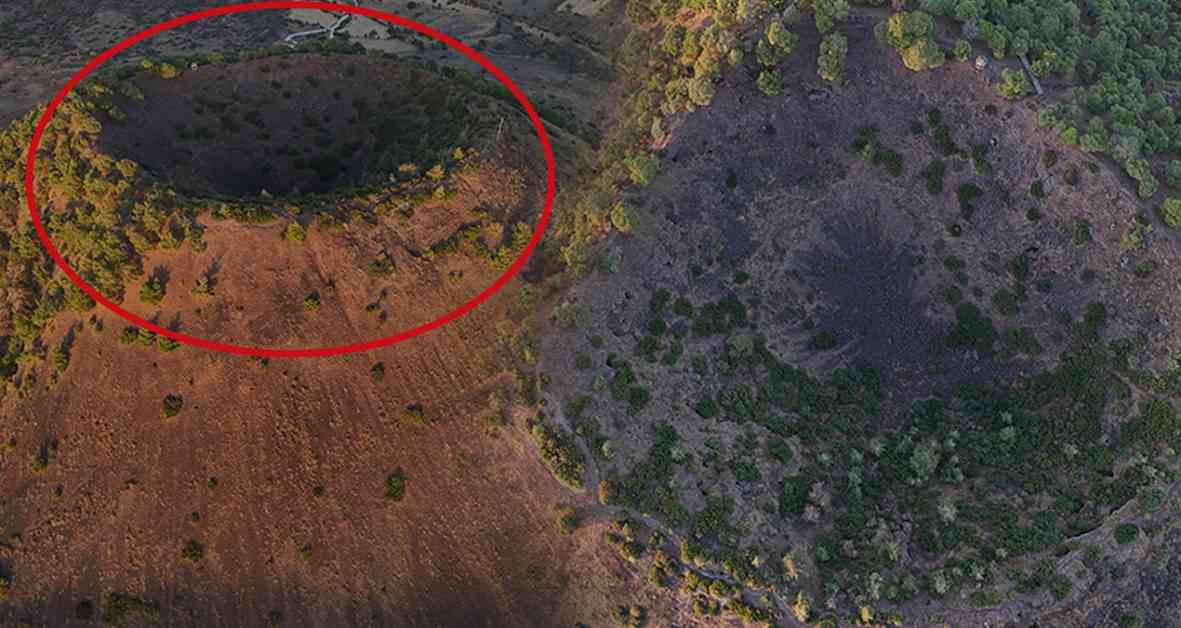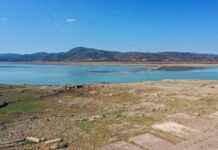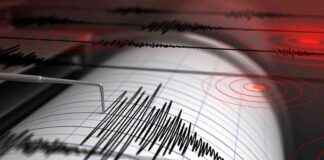TUBITAK Discovers 8 Magma Chambers in Turkey: Potential Eruption Risk in Case of Earthquake
In the district of Kula, where Turkey’s youngest volcanoes are located, recent research conducted has uncovered the existence of 8 different magma chambers at various depths within the Earth’s crust. Scientists have revealed that the largest magma chamber is just 5 kilometers away from the surface, and this chamber, considered to be very close to the surface, carries the risk of being triggered and erupting by movements or earthquakes within the Earth’s crust.
Potential Risks Identified by TUBITAK Study
Led by Eskişehir Osmangazi University and supported by TUBITAK, the project involved the participation of 12 scientists from various universities. Data obtained from special seismometers placed in the region was used to assess the risk. Professor Dr. Özgür Karaoğlu emphasized that if seismic activities and crustal ruptures continue in the region, the magma mass close to the surface could become active again, posing a high probability of eruption.
In-Depth Analysis and Research Findings
Professor Dr. Özgür Karaoğlu, a faculty member of the Department of Geological Engineering at Eskişehir Osmangazi University and the project leader, shared that they examined an area of approximately 10,000 square kilometers over a period of 3.5 years using specially designed seismometers in Kula, as well as in Demirci, Selendi, Salihli, Alaşehir, and Kiraz district of Izmir.
Working with experts in geology and geophysics, Professor Dr. Karaoğlu highlighted the significance of the TUBITAK project in identifying magma chambers using various geophysical methods, a pioneering effort in Turkey and among the few in the world. He stated, “Through our research, we have identified several magma chambers in the region. Currently, our findings indicate the presence of 8 magma chambers of varying sizes, some ranging from 5-6 kilometers in size, while others extend up to 30 kilometers. These magma chambers are predominantly located at depths of 15 kilometers from the surface, with some extending down to 30 kilometers. We have also identified a significant magma mass that we believe is heated by the geothermal system in the region. We have observed that this large magma mass is rising towards the surface from a depth of 5 kilometers.”
Historical Activity and Potential Threats
Karaoğlu noted that the region has been an active volcanic area for approximately 2 million years, hosting numerous volcanic cones and lava remnants. The most recent volcanic activity in the area occurred around 4,700 years ago. He warned, “Considering the position, arrangement, and proximity to the surface of the magma chambers we have identified, it appears possible for them to become active again and erupt.” He also highlighted the presence of active faults in the region, emphasizing the potential for earthquakes to trigger magma movement and initiate volcanic activity.
In conclusion, the research conducted by TUBITAK has shed light on the significant volcanic potential in the Kula region of Turkey. The identification of multiple magma chambers and the close proximity of one to the surface has raised concerns about the potential risks associated with volcanic eruptions triggered by seismic activities. It is essential for further monitoring and research to be conducted to better understand and mitigate the potential hazards posed by these magma chambers.





















